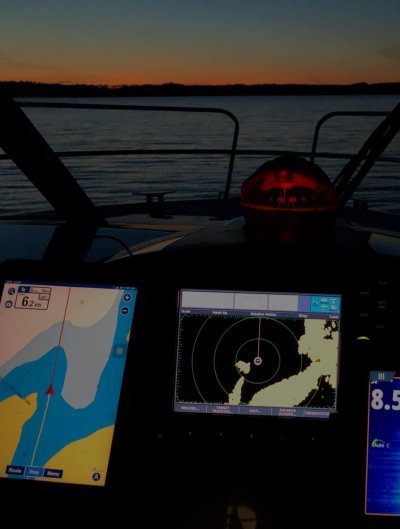rsn48
Guru
- Joined
- Feb 18, 2019
- Messages
- 2,019
- Location
- Canada
- Vessel Name
- Capricorn
- Vessel Make
- Mariner 30 - Sedan Cruiser 1969
This brings to mind a famous collision between a pleasure boat and a BC Ferry, several years ago, at least before AIS. The small pleasure boat, maybe 30 ft, technically had his rear and port side covered, but the big ferry bearing down on him from his port quarter was in his blind spot and rolled him over.
If it's the case I'm thinking of, many a decade ago, the Captain of the Ferry was eventually reprimanded as the boat that got hit was in the ferries yield area. If the ferry had honoured the right way of the hit boat, there wouldn't have been an accident. But still, lots of blind spots on boats.
If it's the case I'm thinking of, many a decade ago, the Captain of the Ferry was eventually reprimanded as the boat that got hit was in the ferries yield area. If the ferry had honoured the right way of the hit boat, there wouldn't have been an accident. But still, lots of blind spots on boats.


 after thirty years of air traffic radar, I won't have it any other way.
after thirty years of air traffic radar, I won't have it any other way.